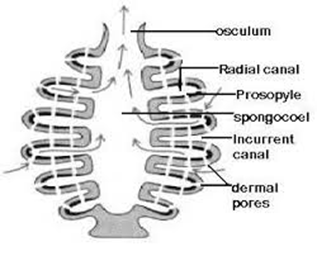What Is Chromatography- Types & Advantages
What Is Chromatography
Chromatography is a laboratory technique used to separate and analyze the components of a mixture. It involves the use of a stationary phase, such as a solid or a liquid, and a mobile phase, which can be a gas or a liquid. As the mobile phase flows through the stationary phase, the different components of the mixture interact with the stationary phase differently and are separated.
Types -There are many types of chromatography, including
- Gas chromatography-In this chromatography, mobile phase is a gas and the stationary phase is a solid, such as a column packed with a polymer or a layer of silica on a flat surface.
- Liquid chromatography- In this chromatography ,the mobile phase is a liquid and the stationary phase is either a solid or a liquid.
- Thin layer chromatography - It is similar to liquid chromatography, but the stationary phase is a thin layer of silica or alumina on a flat surface.
Advantages -
- One of the main advantages of chromatography is its ability to separate and analyze complex mixtures. For example, it can be used to identify the components of a chemical compound, to measure the purity of a substance, or to detect trace amounts of contaminants.
- Chromatography is widely used in a variety of fields, including chemistry, biology, environmental science, and medicine .
- Chromatography is a very sensitive technique and can detect small amounts of substances, even at the picogram level. It is also relatively quick and easy to use, and the equipment required is widely available and relatively inexpensive.
- chromatography is an important tool for the separation and analysis of mixtures and is widely used in a variety of scientific and industrial applications.




Comments
Post a Comment